By Rodney E. Rohde, PhD
Two years ago, I wrote an article for Elsevier Connect titled “ The hidden profession that saves lives.” The article details my journey as a microbiologist and molecular epidemiologist who discovered the sometimes unknown profession of a medical laboratorian.
I was overwhelmed with the viral response the article generated (over 250,000 views!), not only with my colleagues, but with the general public who typically do not see us as first line responders in their healthcare experience.
I tried to encapsulate the very essence of what our profession is by discussing how one can become a medical laboratorian and exactly what it is that we do in our job and career. The article discusses the different routes to become a medical laboratory technician (MLT), a medical laboratory scientist (MLS) and a specialist in a particular area (e.g., SM is a specialist in microbiology). I now understand the more direct journey to this profession via a NAACLS program as an undergraduate major and the other, indirect routes like my own for this career. Due to this hybrid baptism of experiences, I have a passion for sharing our 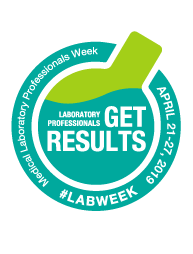 amazing profession so that we can remove the “hidden” component to what it is we do and why we matter to everyone’s healthcare experience.
amazing profession so that we can remove the “hidden” component to what it is we do and why we matter to everyone’s healthcare experience.
With Medical Laboratory Professionals Week upon us (April 21-27, 2019), I would like to share how we (and you) can continue to not only get a peek behind the curtain of our profession but help us reveal to everyone that we are the profession that saves lives every day
Facing critical employee shortages
First and foremost, our profession is at a critical crossroads of employee shortages. In fact, we are probably facing far more shortages than most other healthcare careers (e.g., nurses) due to a number of factors. Employment of healthcare occupations is projected to grow 19 percent from 2014 to 2024, much faster than the average for all occupations, adding about 2.3 million new jobs. This growth is expected due to an aging population and because federal health insurance reform should increase the numbers of individuals who have access to health insurance, according to the US Bureau of Labor Statistics.
No surprise, right? Well, the difference for our profession is that we have long been hidden in the eyes of junior high and high school advisors and counselors as a college major or career path.
Many students who love science are steered towards medical school or nursing or told to major in biology or chemistry or other STEM fields. While these are great choices, students are not always advised about the profession of medical (or clinical) laboratory science.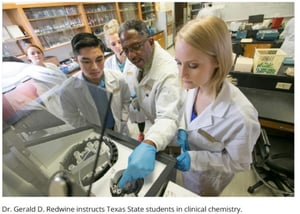
This upstream problem of non-recognition with little advising at the pre-college level, coupled with the downstream problem of not being “seen” by patients and family members, has an antagonistic (downward spiral) effect for growing our professional numbers. I and many others believe this is one of the most serious issues facing our profession.
Fortunately, we have many seasoned veterans and amazing new professionals that have taken on this challenge over the past several years. We as a profession have embraced new roles and utilized new channels of communication to empower our ability to help spread a firestorm about who we are and what we do in the healthcare of everyone. We are purposefully targeting high school and college students about our career path in so many ways. From personal visits to social media interaction, we are removing the veil that has long kept our profession behind the scenes
How can I get into this field?
There are many ways to enter the field of laboratory science. In the US, a common way is a 4-year bachelor’s degree in medical laboratory science (MLS). These programs have a curriculum similar to pre-med programs and usually include an internship at a clinical site at some point during the course of study. Another option is a 2-year associate degree as a medical laboratory technician (MLT). MLTs work in similar positions as MLSs but are limited by the complexity of testing they can perform. Those who chose the MLT option can opt to complete an online or classroom-based MLT-to-MLS program down the road.
After completing these degrees, you can take a test for the MLS or MLT credential (certification or license, depending on what your state requires) as well as taking an exam for specialist or categorical credentials to supplement your MLS/MLT degree or other science degree. These include Immunology (I) and Specialist in Microbiology (SM) among many others. Also, many universities have master’s degree programs in medical
laboratory science, and a few (such as Rutgers, UTMB Galveston, University of Kansas Medical Center) have doctoral programs (DCLS). These advanced degrees focus on integrating the laboratory fully into the clinical care team, giving you the skills to act as a consultant to doctors by advising them on what tests are right to order for the patient.
With this career, you can go anywhere and do anything. While many lab professionals work in a hospital setting, there are also opportunities available in industry, research, pharmaceuticals, medical sales, education, public health, forensics, infection prevention/control and more.
These degrees provide a strong foundation for being mobile in an ever-changing medical environment – mobile with your opportunities (e.g., medical school, a PhD, or other health professions) and with your geographical career moves.
For information on international certification and qualification, visit the ASCP website.
Published in Elsevier Connect, April 25, 2016
Rodney E. Rohde, PhD., MS, SM(ASCP) CMSV CM,MBCM, FACSc
(@RodneyRohde) is Professor, Research Dean and Chair of the Clinical Laboratory Science Program (CLS) in the College of Health Professions of Texas State University, where he spends a great deal of time mentoring and coaching students in this sometimes mysterious and vague path. He has been recognized with 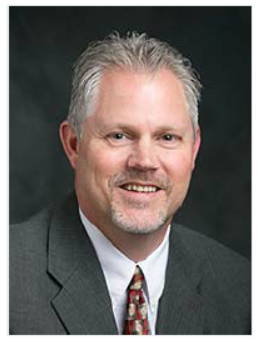 teaching excellence at both Texas State and Austin Community College.
teaching excellence at both Texas State and Austin Community College.
Dr. Rohde's background is in public health and clinical microbiology, and his PhD dissertation at Texas State was aligned with his clinical background: MRSA knowledge, learning and adaptation. His research focuses on adult education and public health microbiology with respect to rabies virology, oral rabies wildlife vaccination, antibiotic resistant bacteria, and molecular diagnostics/biotechnology. He recently published his second book, Rabies: Clinical Considerations and Exposure Evaluations with Elsevier. Learn more about Dr. Rohde. Click here
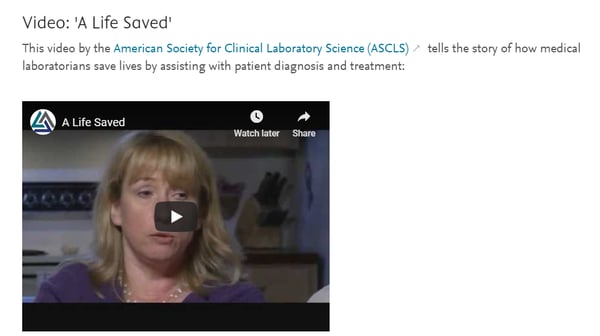
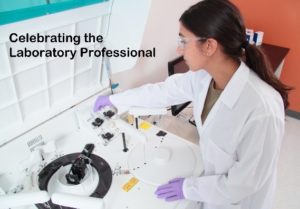
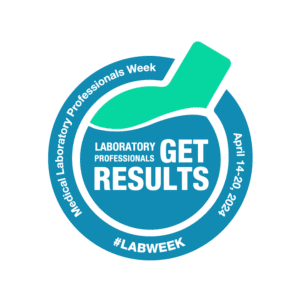
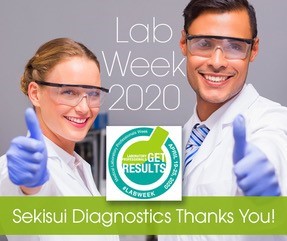
Share Article